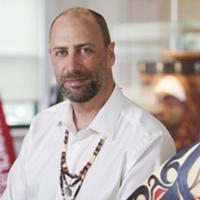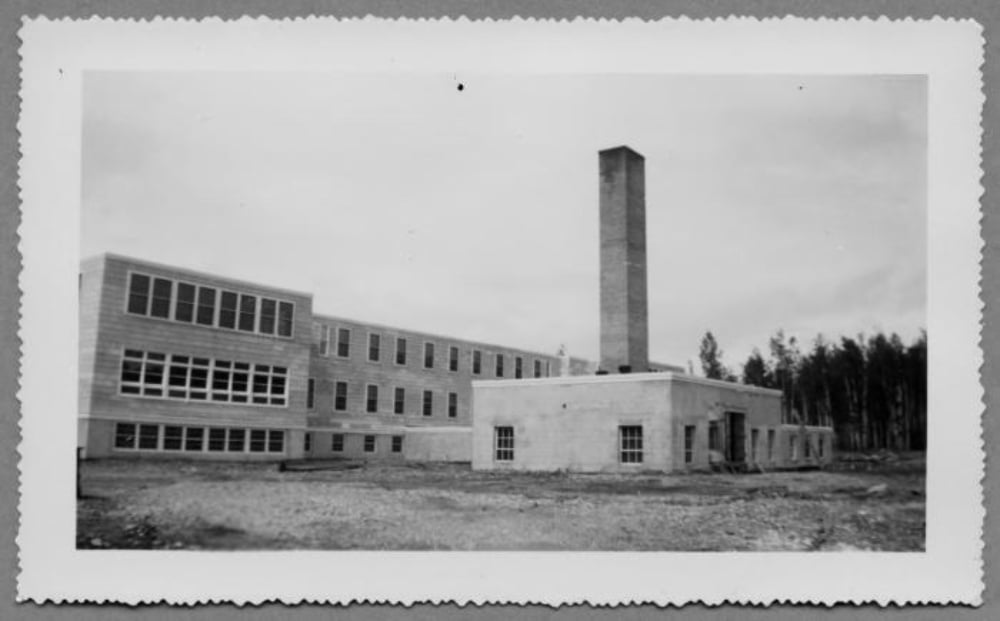The decision to demolish the Lower Post school — one of the few remaining residential school buildings in the country — is the right one for the northern B.C. village.
From 1951 to 1975, the school housed up to 185 children taken from First Nations across the Yukon and northern B.C.
Community leaders, Survivors and Elders all describe the pain and suffering caused by the continued use of the school building as a band office and post office. The basement room, where unspeakable abuse occurred still sits at the heart of the building. Premier John Horgan, who visited the school building in 2019, described his experience in a CBC interview. “I went into the basement with an Elder,” he said. “There were two Elders there — one couldn’t come down the stairs because the memories were too harsh.”
The community’s long effort to remove these sources of pain and suffering need to be respected, just as other communities’ decisions to take a different path must also be supported.
Recent demolitions of the St. Michael’s Residential School in Alert Bay, B.C., and the Isle La Crosse School in Saskatchewan are examples of other communities that received the support needed to tear buildings down.
But more than five years after the Truth and Reconciliation Commission’s Calls to Action demanded a comprehensive national strategy to address these sites of pain, suffering and memory, there are still only fragmented responses.
Some steps have been taken through efforts made by communities and the National Centre for Truth and Reconciliation, including the designation of two residential schools as National Historical Sites. But the historical inertia of decades of government decision-making around these schools continues to inflict harm on communities.
For years as the school system was dismantled, former residential school buildings were disposed of as government assets and sold to private interests, returned to communities to be repurposed as band offices and administration buildings, or left to slowly crumble away with the passage of time. Shockingly, unmarked burial locations at many of those school sites still await proper protection, honour and sanctity.
The Indian Residential Schools Settlement Agreement recognized the profound and longstanding human rights violations that occurred at each and every residential school site in the country. Each school marks a place where the inherent human rights of the children that attended were systematically and intentionally abrogated and attacked.
Seeing the residential schools through this lens reveals the absurdity of governments’ expectations that these former sites make for reasonable administration buildings.
In the case of Lower Post, community officials had pushed for years to have the ongoing pain created by the school building acknowledged as a barrier to healing. But government never offered a new building or alternate space for the offices. Even the most rudimentary of trauma-informed approaches would have recognized the legitimate need for those options.
Options are what matter, giving communities choice in pursuing the right healing pathway for their members.
Not all communities choose the same path. Some have chosen to preserve the residential school buildings as evidence of Canada’s human rights violations. Their efforts are giving all Canadians an opportunity to understand the racist and prejudiced underpinnings of this country, which continue to manifest today in various forms of anti-Indigenous oppression.
Supporting communities to designate these schools as sites of conscience is an equally important option that must be present at all times.
The Muscowequan community in Saskatchewan has focused on the preservation of the former residential school in the hopes of one day converting it to a national museum. But for years, the only cash offered by government was for demolition.
Survivors at the Portage la Prairie residential school share the same hope of creating a national museum out of their school.
Our country must support all communities in their efforts to promote healing and wellness, whether they wish to demolish school buildings or preserve [them] as reminders of abuse. That needs to include financial and administrative support to achieve either result, fully and freely offered. Governments should be supporting communities in reclaiming these spaces and transforming them into sites where healing can occur.
And all Canadians must know and understand where and how these schools operated. Canadians need to hear the voices and personalities of the children who attended, and the parents left behind.
Even if communities choose pathways of healing that involve removal of sources of ongoing pain, Canadians must know and understand what occurred. ![]()
Read more: Indigenous, Rights + Justice
















Tyee Commenting Guidelines
Comments that violate guidelines risk being deleted, and violations may result in a temporary or permanent user ban. Maintain the spirit of good conversation to stay in the discussion.
*Please note The Tyee is not a forum for spreading misinformation about COVID-19, denying its existence or minimizing its risk to public health.
Do:
Do not: